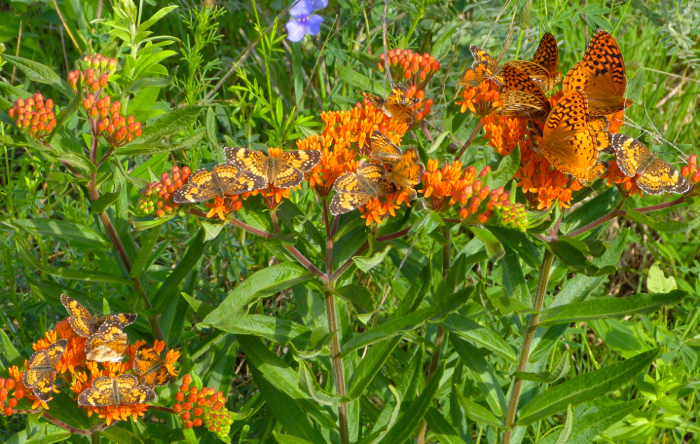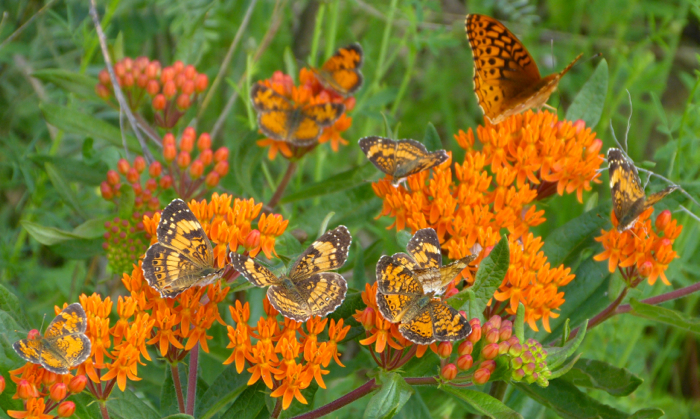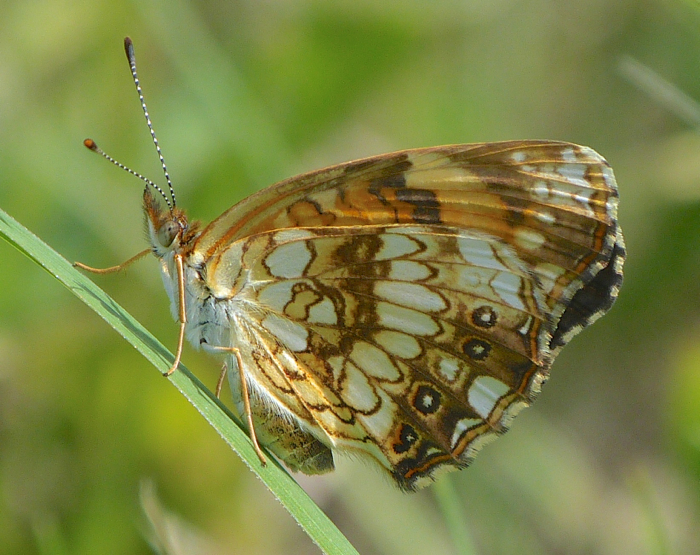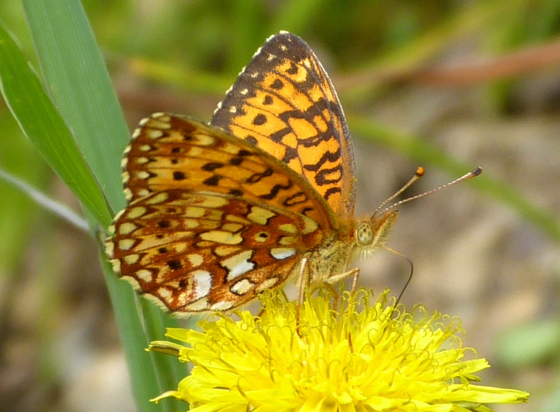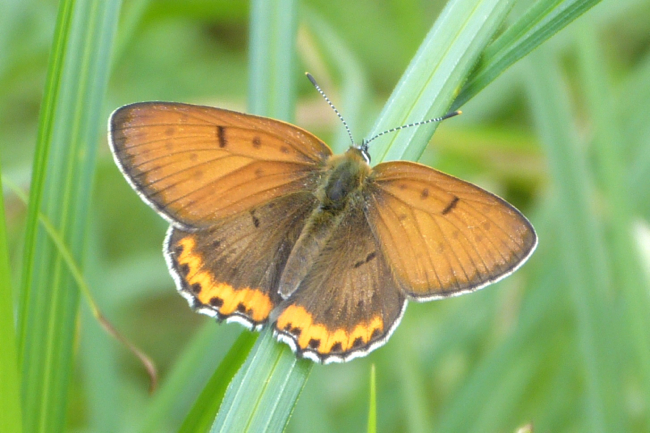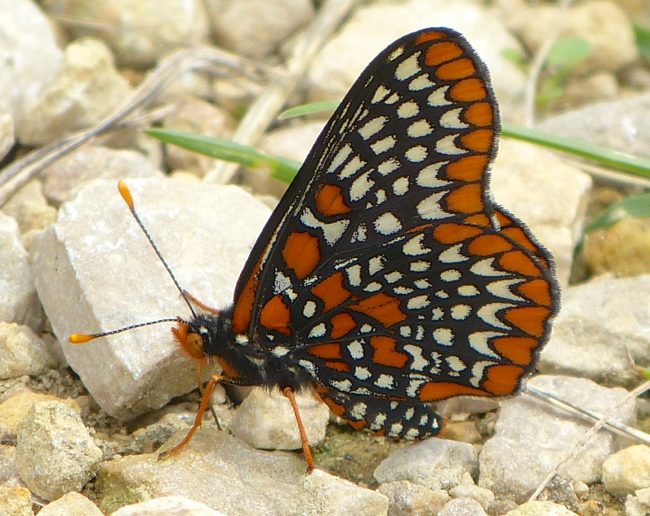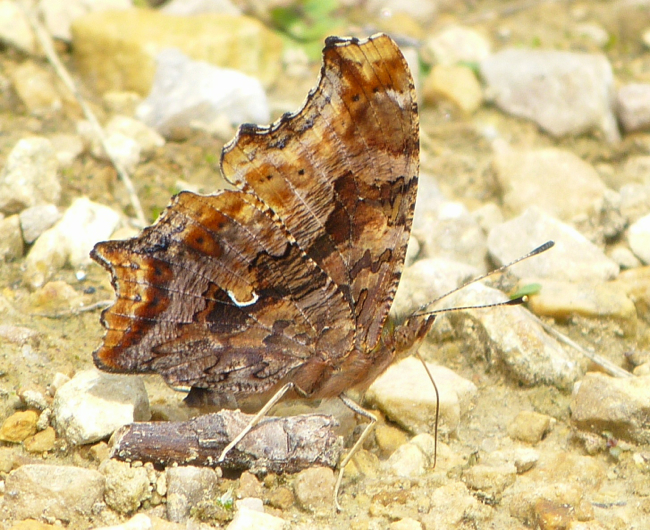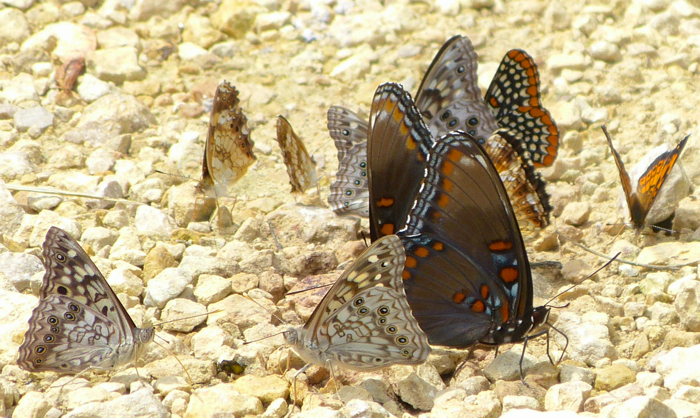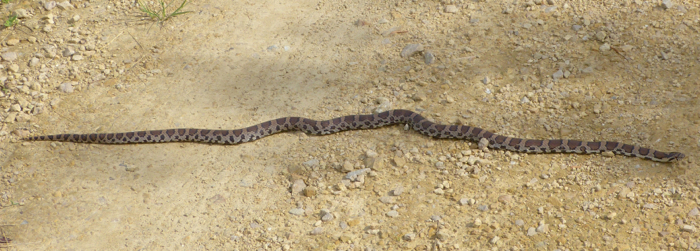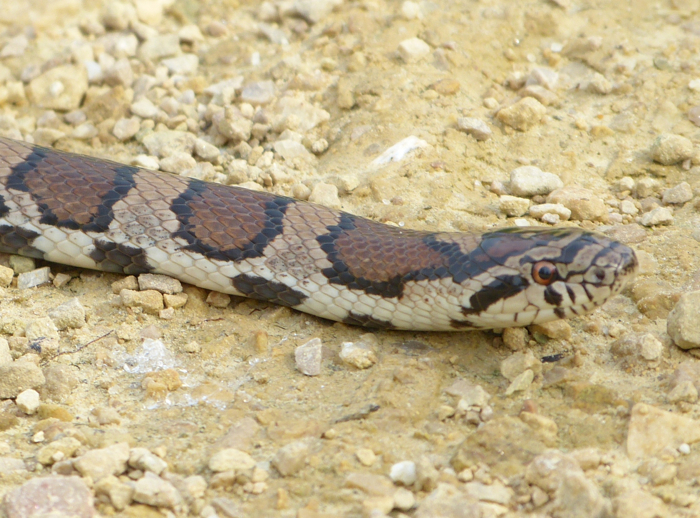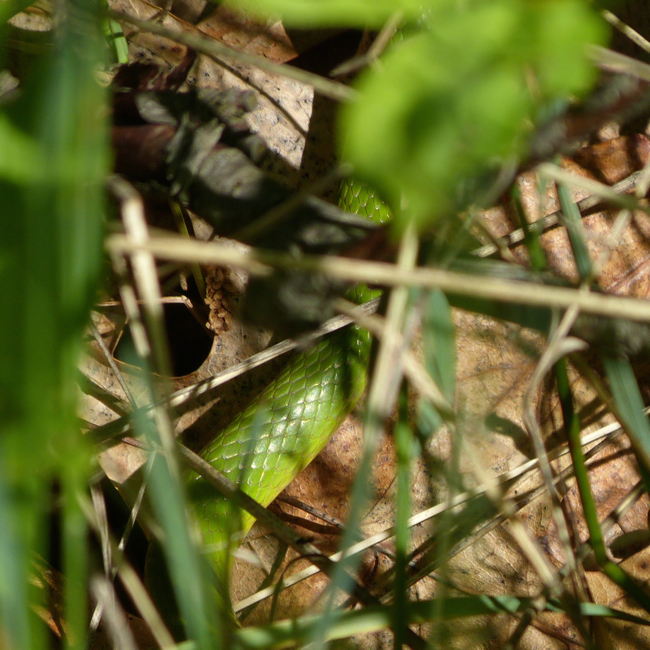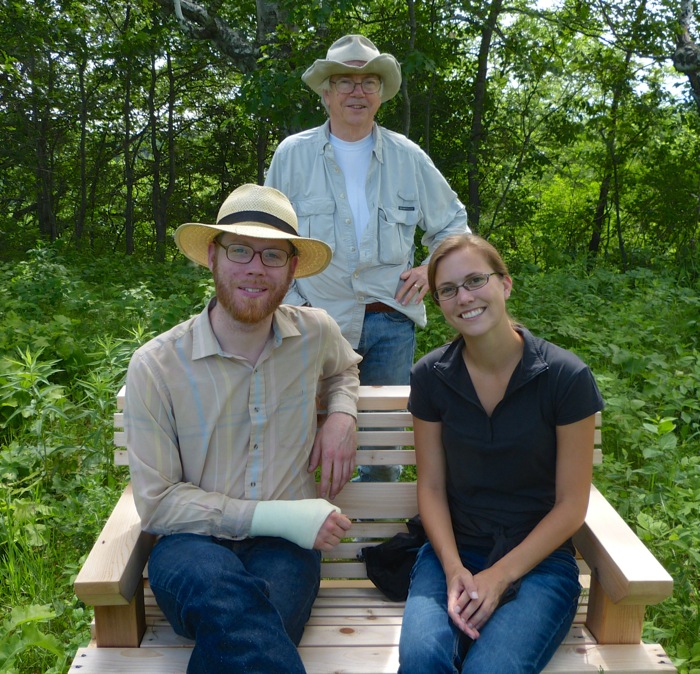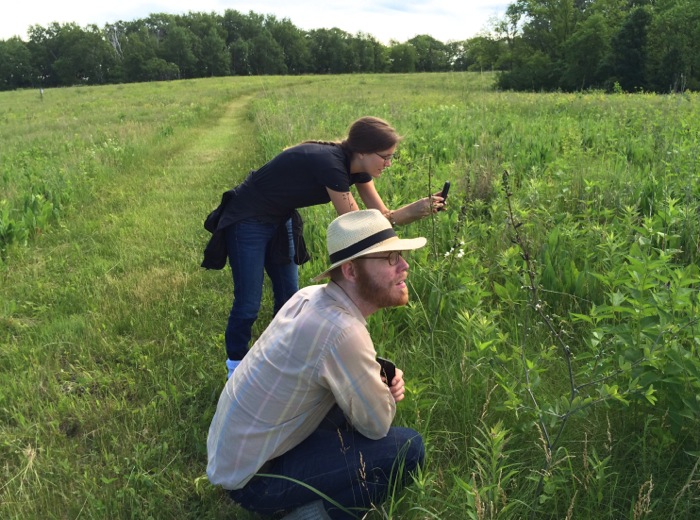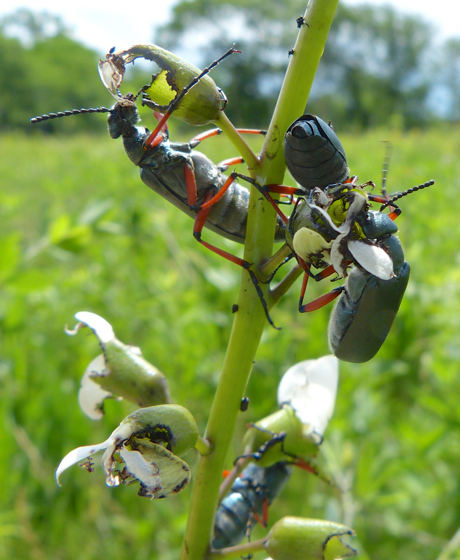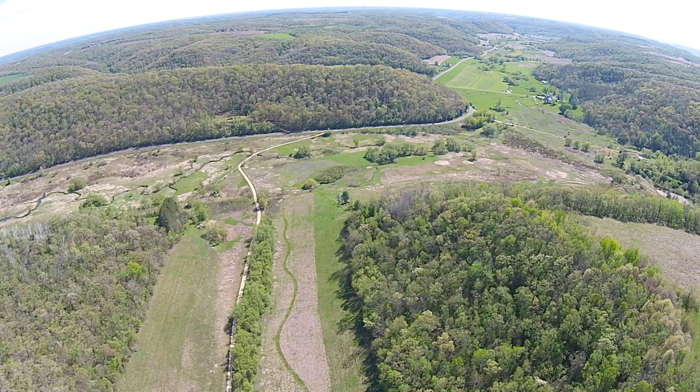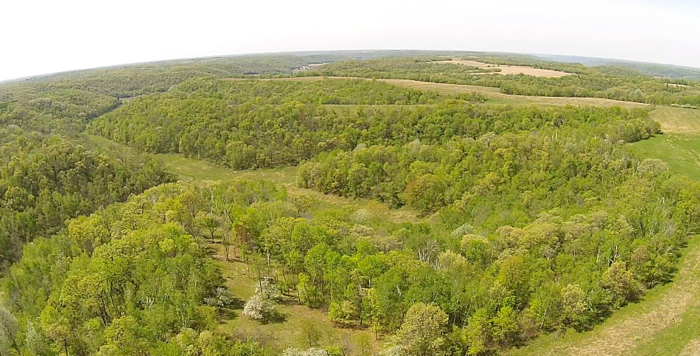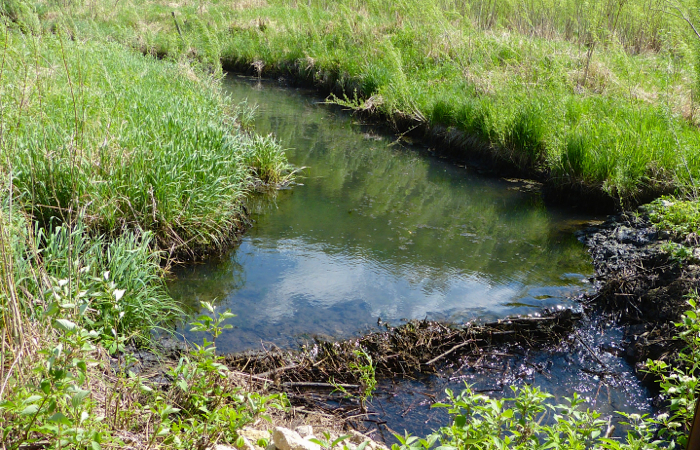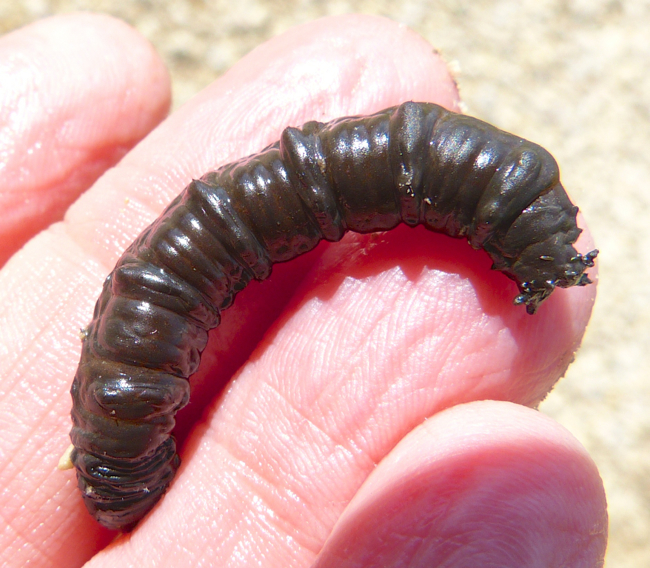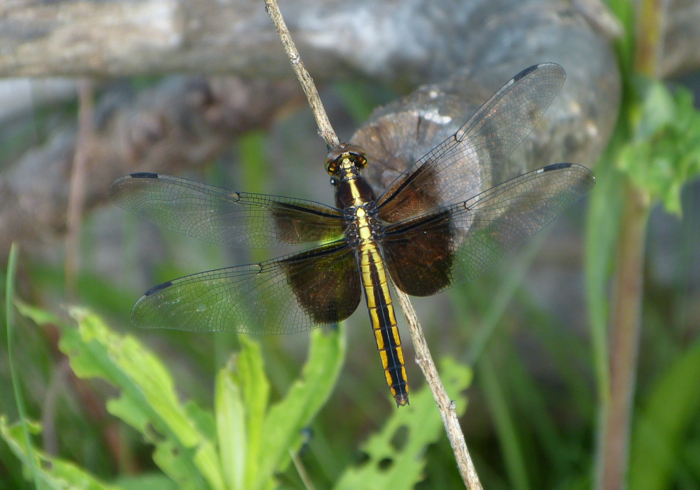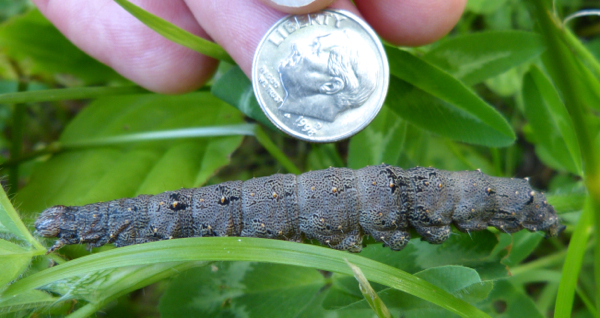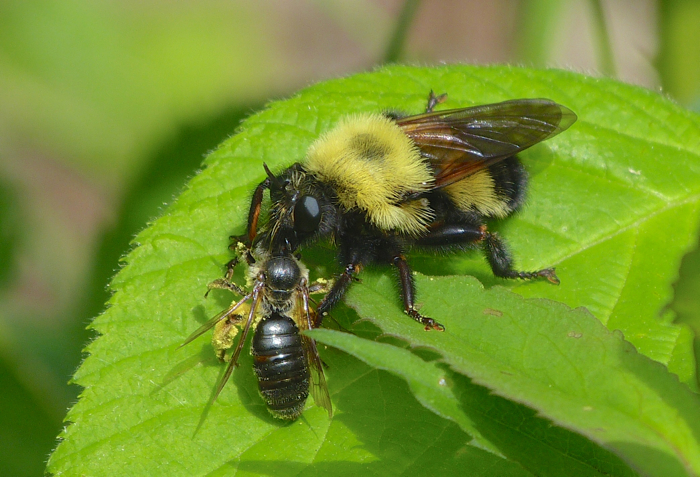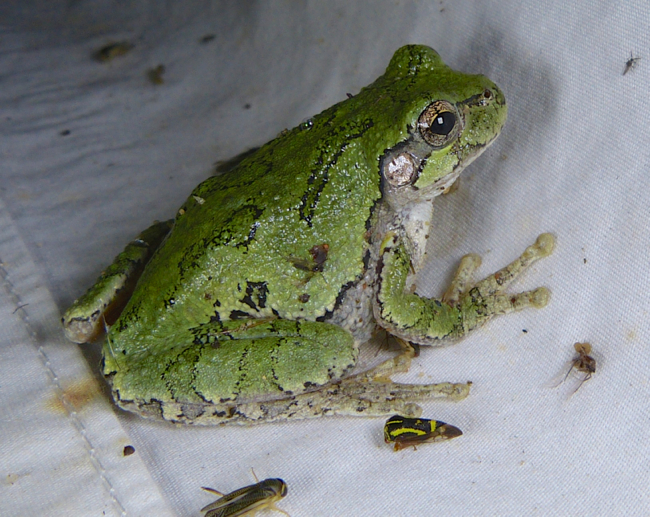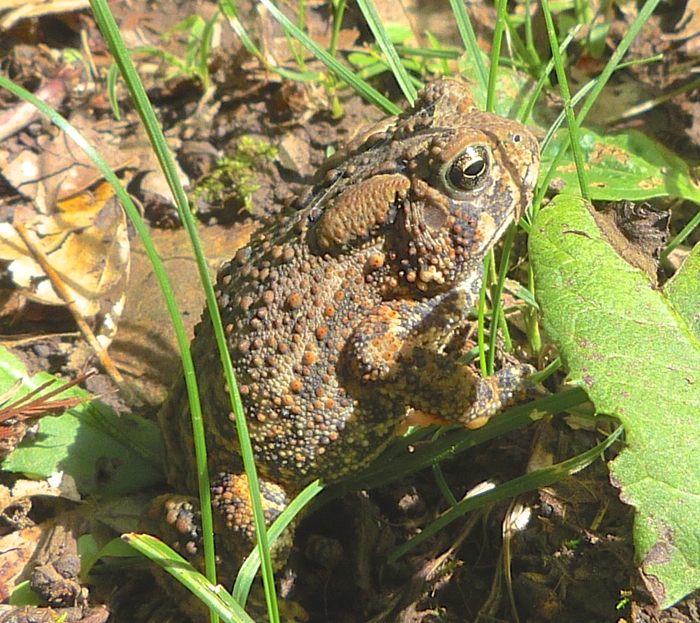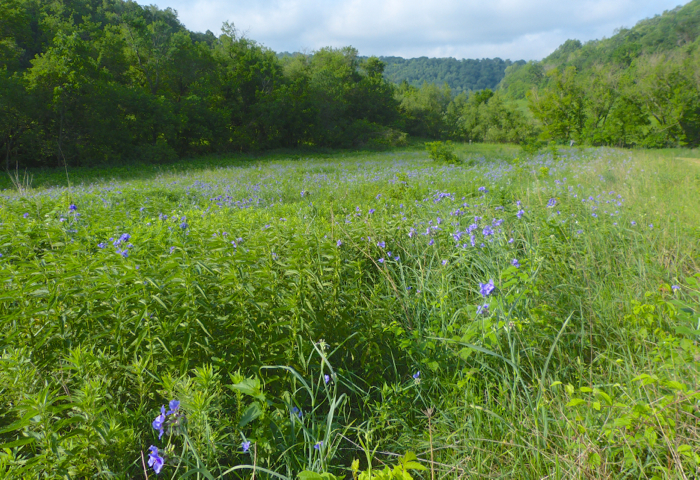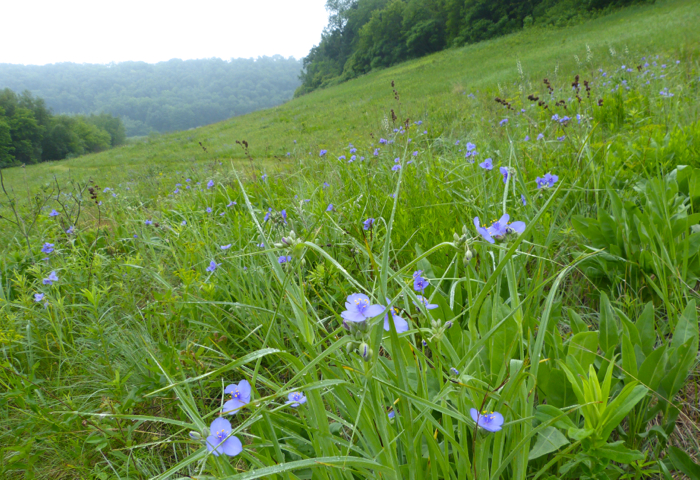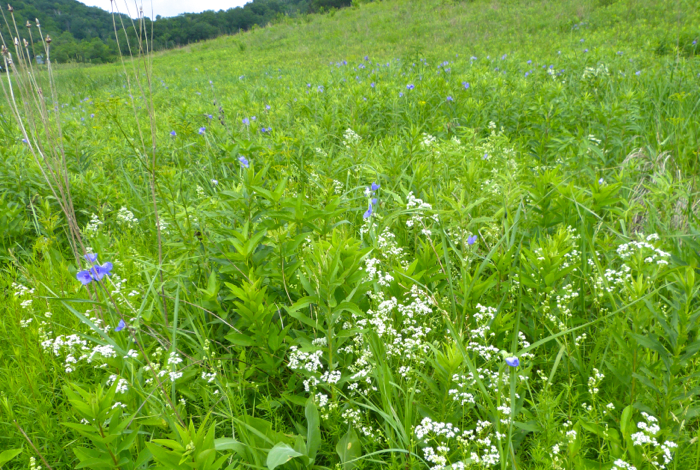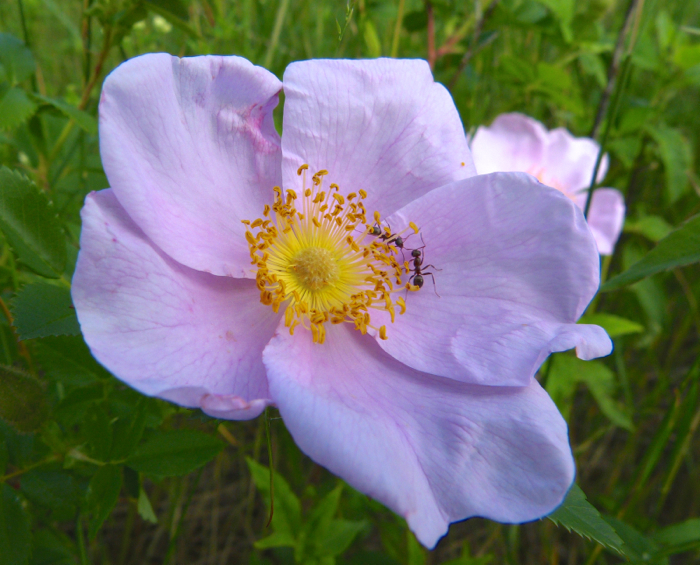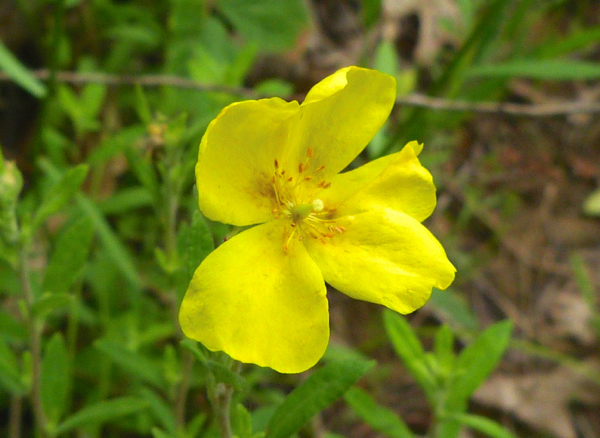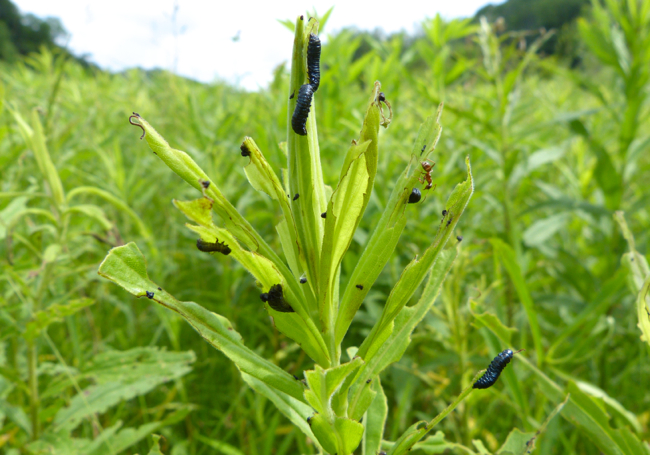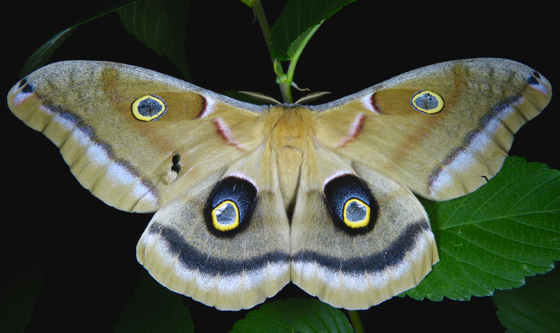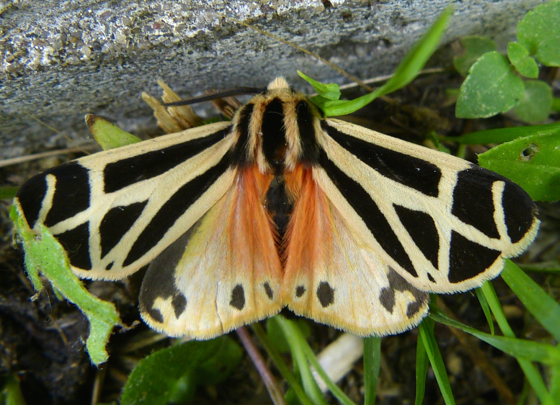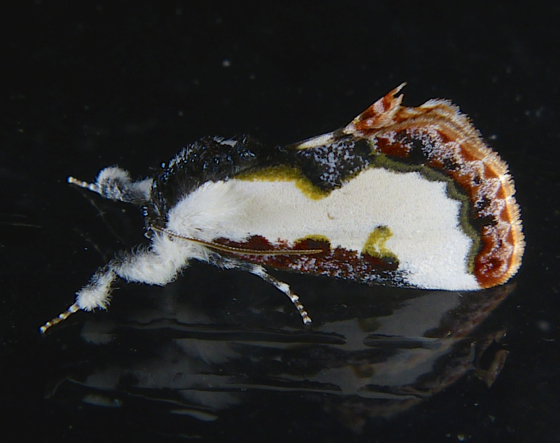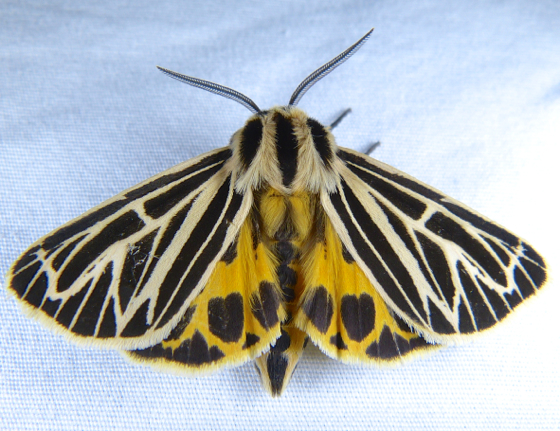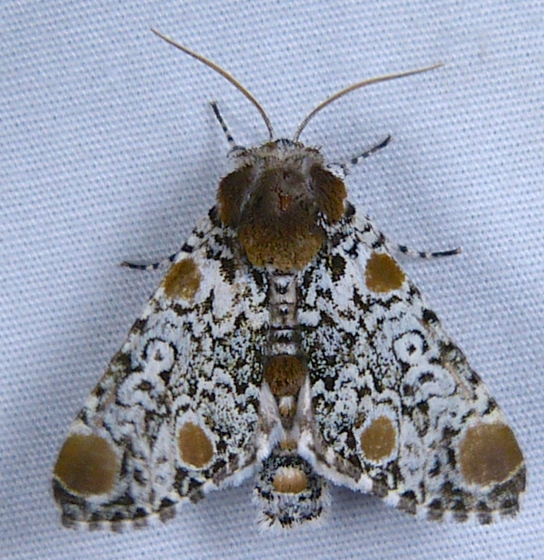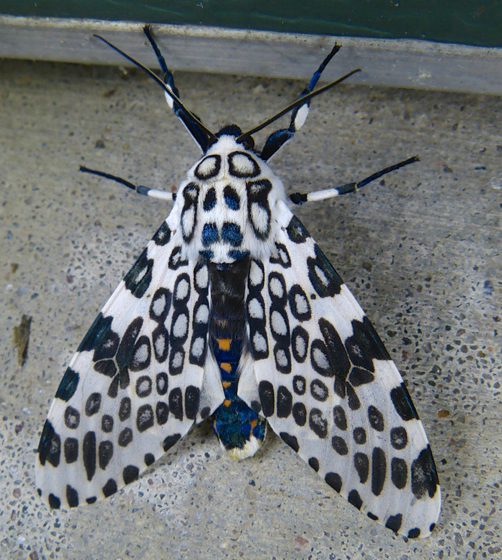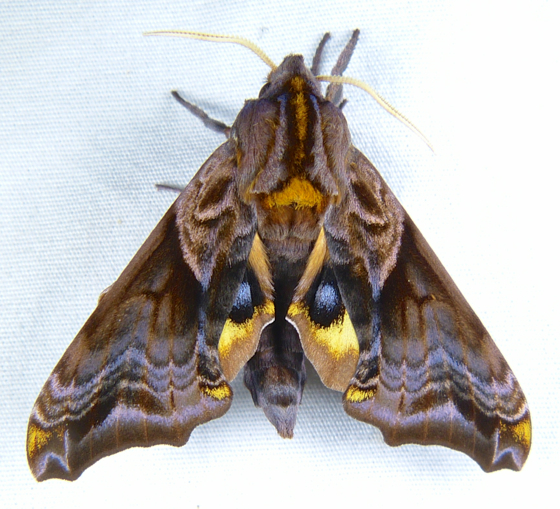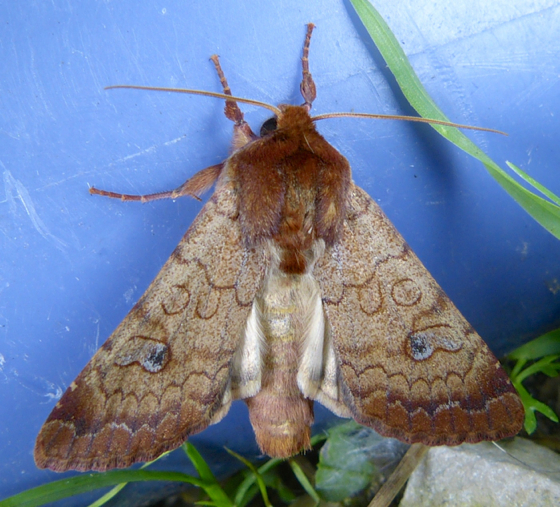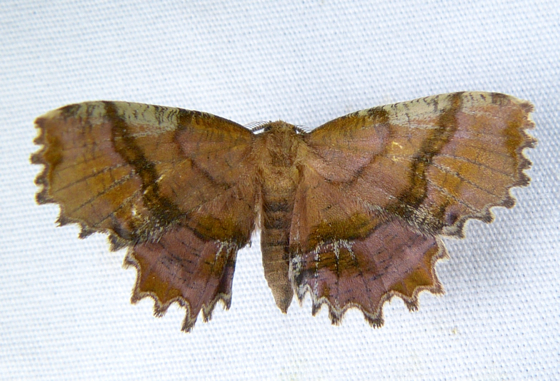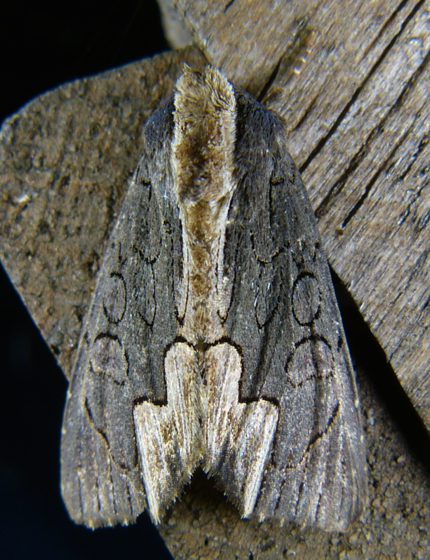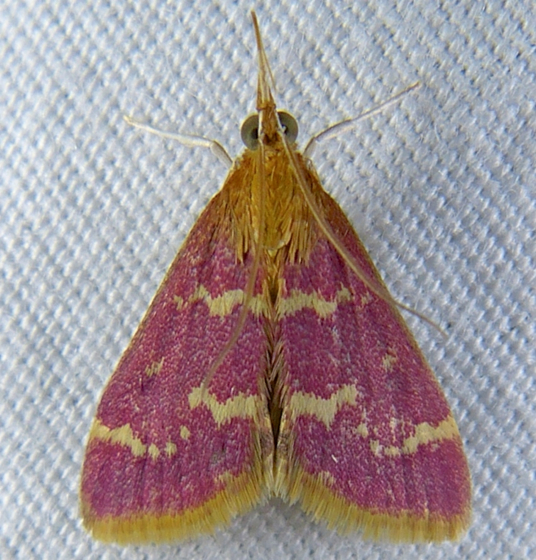It’s really summer now – everything is lush and thick and growing. It’s an especially good year for butterflies – we’ve been seeing hundreds of them everywhere. (Also – a snake alert for this post – for those who don’t like looking at snakes. They come right after the butterflies.)
This is Butterfly Weed in front of the house. The butterflies are Silvery Checkerspots, Northern Crescents, and Great Spangled Fritillaries.
A closer look at some of the butterflies
I’m seeing more Silvery Checkerspots than any other species – hundreds on the driveway and flying up from all the paths.
Silver-bordered Fritillaries are the most common butterfly in the wetland right now – I’ve never seen so many.
A Bronze Copper – another wetland butterfly.
Baltimore Checkerspot
Eastern Comma
There are amazing numbers of butterflies on the driveway – more than I can count. They fly up in clouds as we walk by. This one little group has Hackberry Emperors, Silvery Checkerspots, Red-spotted Purples, Baltimore Checkerspots and a Northern Crescent.
We found a beautiful Eastern Milk Snake on the driveway one day.
And another day I found a Smooth Green Snake on the hill behind the house. This one wasn’t so interested in being photographed. I managed to get one photo of it’s beautiful green scales – but it wouldn’t hold still for any more.
Some folks came to visit us from Public Lab – an organization that tries to find inexpensive techniques to investigate environmental concerns. We had a great time with them – taking them on a long walking tour of the farm, introducing them to my moth project, and connecting them up with friends who are working on frac sand mining issues in Buffalo County.
Here’s the bench photo – Mathew, Mike and Stevie
Here they’re inspecting some beetles that are eating our White Wild Indigo.
They’re Blister Beetles – native beetles that eat flowers and buds of some plants. There are so many that they’re on almost every White Wild Indigo plant – it looks like the plants won’t produce many seeds this year.
I’ve been pulling Wild Parsnip for the last few weeks – it’s my main summer project. It’s very encouraging to realize that there aren’t nearly as many plants as there were a few years ago. I have hopes that someday I’ll be able to get rid of most of it. If only I could do that with all the invasives!
Mike finally fulfilled one of his dreams and bought a drone. His plan is to use it to document our work on the farm. Here are two aerial views of the farm from the drone.
This is looking south, down Center Valley, over our wetland, and down Praag Valley.
This is looking southwest, but from the northern edge of our land – down the Knife Edge, across 3 Finger Valley, with Western Prairie in the distance.
He’s started a page called Aerial Favorites where he’ll post drone adventures, photos and videos. Click here to check it out – including one of his first videos.
Another summer project was to lower the level of the beaver pond in the creek. We like having the pond there – it’s very attractive to wildlife – but it was collecting scum and algae from farther up the creek. We lowered the dam by about a foot, and it’s much cleaner now.
We found this creature in the mud inside the dam. It’s the larva of a cranefly – clearly one of the larger craneflies! Another name for the larva is ‘Leatherjackets’.
Here are some of the other cool creatures we’ve been seeing.
Female Widow Skimmer
A very large caterpillar – I think it could be one of the Catocalas – Underwing Moths.
This is a robber fly eating its prey. Some robber flies look like flies, but some mimic other insects – this one is a bumblebee mimic.
Gray Tree Frog at my moth lights – hoping for a meal
American Toad
Spiderworts are blooming in all our planted prairies. The blossoms are only open in the mornings, so morning walks are wonderfully colorful.
This is the prairie that covers our septic system.
Pat’s Prairie
Pine Point Prairie – the white flowers are Northern Bedstraw
Here are a few more flowers…
Wild Rose
Rockrose
Canada Goldenrod is a very aggressive native, especially in our planted prairies and old hay fields. I used to worry about it taking over, but now we have a huge population of beetles whose larvae eat Canada Goldenrod leaves. Many of the plants I see now have gnawed leaves, and they seldom flower.
It’s been great mothing weather in the last few weeks – here’s a selection of my favorites.
Polyphemus
Harnessed Tiger Moth
Pearly Wood-nymph
Little Virgin Tiger Moth
Harris’s Three Spot
Giant Leopard Moth
Small-eyed Sphinx
Rosewing
Scallop Moth
American Bird’s Wing
Raspberry Pyrausta

